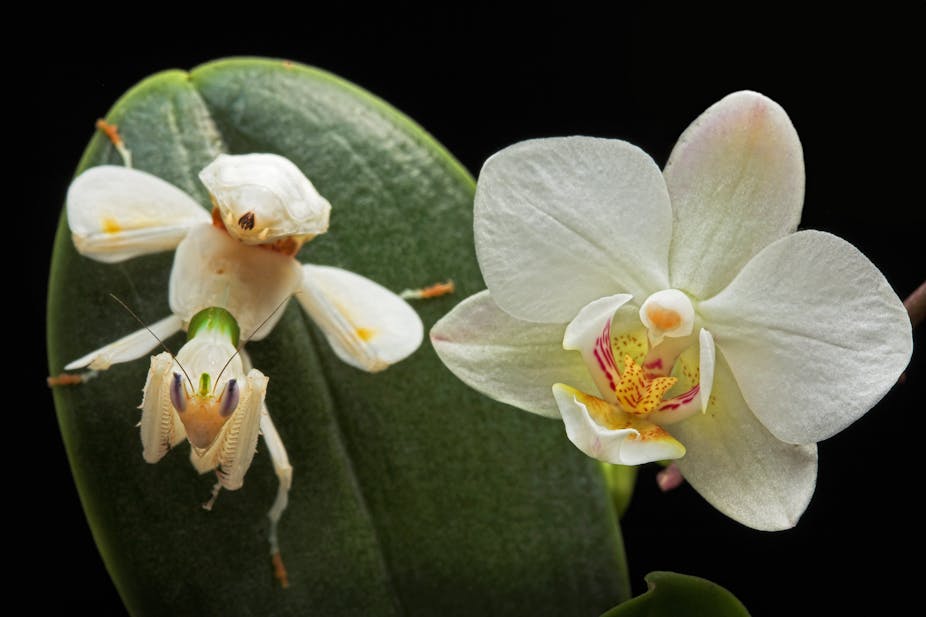Another thought-provoking article from The Conversation. (A plug for them – do subscribe and support them – the articles are wide-ranging and written by people who know what they’re writing about. Their ‘byline’ is: academic rigor, journalistic flair)
There’s a lot of advice about, well, pretty much everything on the internet these days. And plenty of friendly apps that can help you figure out what’s going on, what’s going wrong, and what to do about it. Some of the information can be thought-provoking and exciting (oh hey, of course, why didn’t I think of that)l and some is helpful and some, unfortunately falls on the not-quite-right to downright-bad end of the spectrum.
The suggestions in this article by Nick Goitz, an extension educator at the University of Connecticut, address four things he has commonly seen that raise red flags for him. Read the article to get all the details. I’ll just point out one bit that is plant advice I also always give people: check the source. Blogs, assorted articles, and youtube videos MIGHT have good information but sites that are associated with academic institutions (.edu), particularly extension agents and botanists, and with professional nurseries will have the most current scientific knowledge about the topic.
If you see something intriguing somewhere online (and I’ve posted some fun youtube videos here), just look further to be sure any advice will actually help rather than harm the plants in your life.

